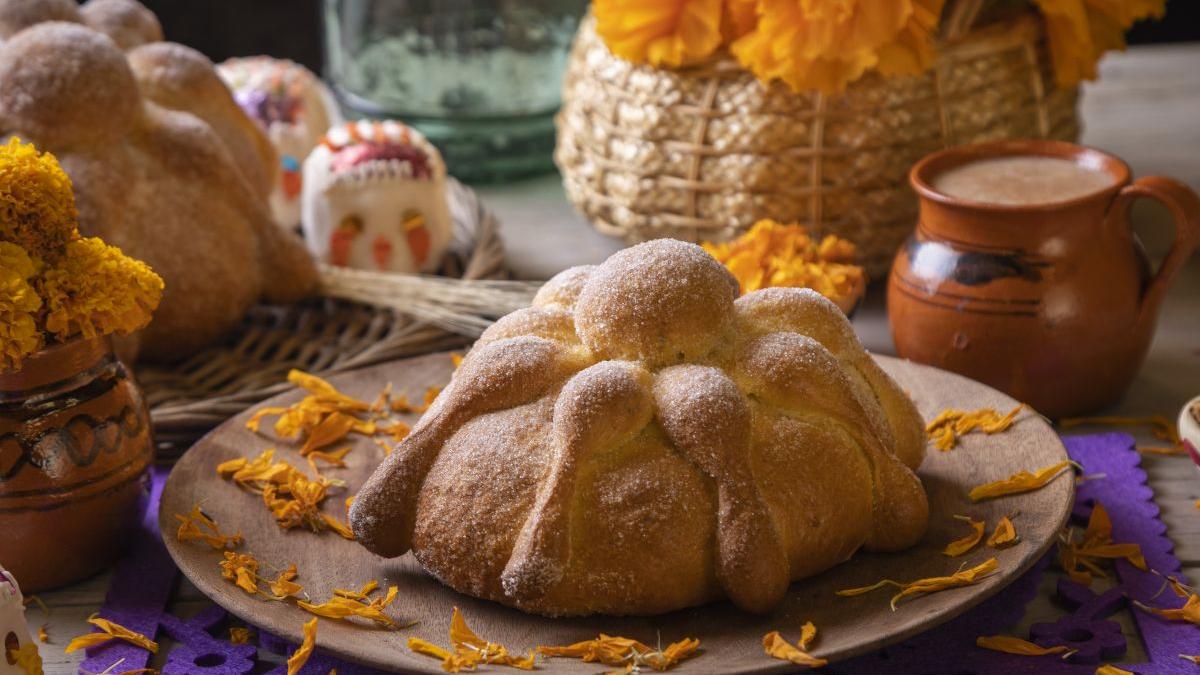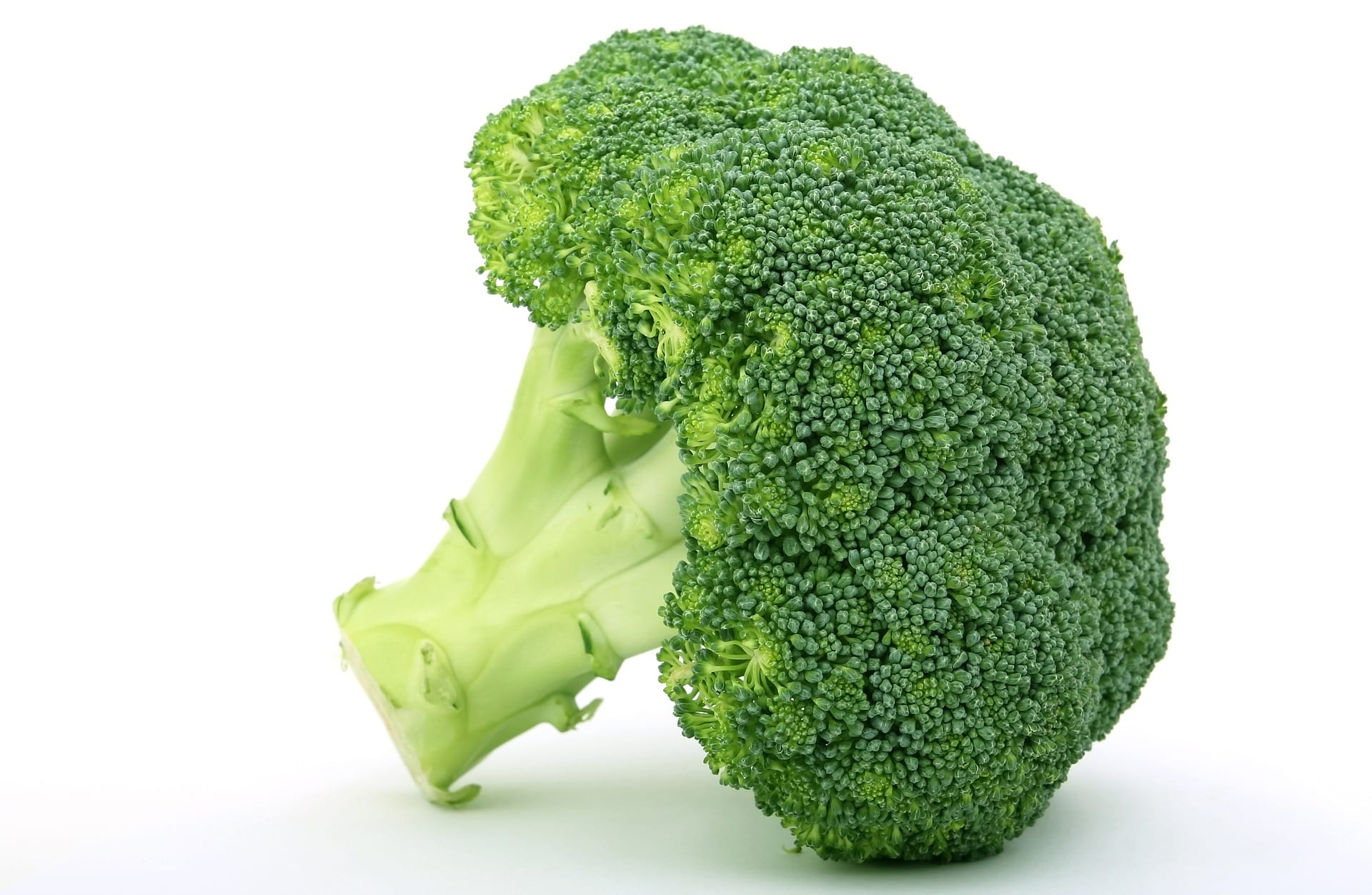Bread of dead… Have you ever heard of him? Surely it sounds strange to you since his name does not exactly invoke good energy. However, it is a deeply rooted tradition in Mexico. This sweet bread is typical of Day of the Dead, a Mexican holiday celebrated between the November 1 and 2. Just one day after the famous Halloween. There are various regional typologies that vary depending on their forms and ingredients. Thus, as different theories about its origin. Stay to find out everything.
Pan de Muerto What is it?
To begin, we are going to know what the bread of the dead is like and how it is made. We are talking about a sweet bread made from: wheat flour, milk, egg, yeast, sugar, salt and butter. The most common is that we find it flavored with anise and sometimes with orange. Its main task, in addition to being tasted, is honor loved ones who are gone. A tradition to remember those who continue to care for us from another place.

Its figure and the elements that compose it are totally symbolic. The oval shape represents the cycle of life and death. The four elongated mounds represent the bones, specifically the arms and legs. They are arranged in the form of cross and, according to University of Cuautitlán Izcalli, indicate the four directions of the universe and the four Cardinal points dedicated to different gods. And, the bones also represent the tears shed for the deceased. The round mound represents the skull of the deceased. And finally the taste of orange blossom honor the deceased.
In the Mexican country altars They are not lacking on the Day of the Dead and various offerings are placed on them to the deceased, among which the bread of the dead stands out. As we have explained, they usually present human forms, but they are also prepared with mythological and animal forms. Depending on the region of Mexico we can find one variety or another. For example the regional varieties of gentleman, oaxaca, puebla, tlaxcala, sugary, etc.
See this post on Instagram
Where are you from?
Its origin is quite disputed. We will explain to you the one that has the most strength at present and the one that defends the Ggovernment of Mexico in his web page. According to him National Institute of Indigenous Peoples (INPI) the origin of the offerings to the dead takes place in the prehispanic cultures. The homologous offering at that time to the bread of the dead was that of that of the goddess Cihuapipiltin. This offering was dedicated to all women who died in the first childbirth. People believed that they hovered in the air causing illness in children and that is why they honored them with these gifts in temples.
These gifts were loaves of different shapes such as butterflies or rays. They were made from amaranth and "unleavened" bread (dry and toasted cornbread). All the offerings were mainly amaranth because it was considered a very special food. This theory is based on the chronicles of the Fray Bernardino de Sahagún. The INPI also points out another homologue to the bread of the dead: the huitlatamalli, a kind of Tamale.
In pre-Hispanic times the "papalotlaxcalli" or butterfly bread was made, which was exclusive to this ceremony. Apparently it was like an omelette to which a seal in the shape of a butterfly was printed on the still raw dough, once cooked, it was painted in a colorful way. INPI
This video explains the origin of the bread of the dead according to a popular legend which is based on pre-Hispanic human sacrifices.
Other theories ...
However, there are more theories. One of mythical origin based on popular legend. The other is based on a study conducted by the Dr. Elsa Malvido according to which the origin of the bread of the dead is Hispano-Christian. In the end we must look at the peculiarity of this sweet and its ancient tradition. Thus, as its different varieties and flavors. In addition, you can prepare it yourself at home. For this we leave you the recipe in this explanatory video so you don't miss out on trying them. And, if you have been lucky and have already tried them ... Tell us what you think.







